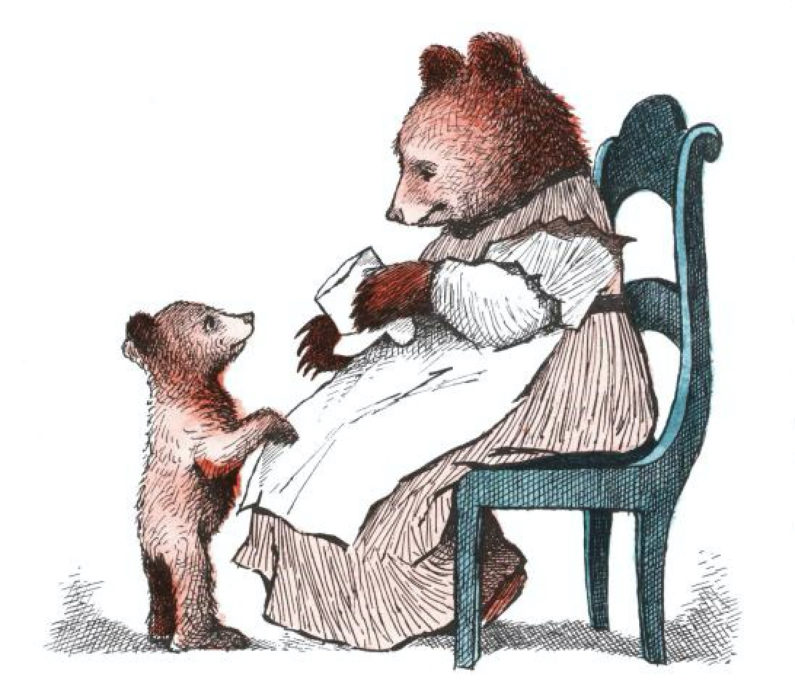A confession: I love to read mysteries. In fact, of all the books I read, on average one a week, a good 70 percent are mysteries or thriller-mysteries.
One reason, of course, is the writing itself. In the pages of Raymond Chandler, or Kate Atkinson, or Tana French, you find some truly great prose; it’s like a master class in how to shape thought in words. Good mysteries offer magnificent examples of the story-telling craft. Of how to build rich, believable characters, from Benjamin Black’s gruffly unhappy Dr. Quirke, to Harry Bingham’s achingly empathetic Fiona Griffiths, to Lee Child’s iconic Reacher.
But there’s something more to it. There’s something magnetically, irresistibly engaging about mystery itself, about the process of watching something so artfully concealed that it lies completely hidden, then become revealed.
To be a good mystery, the thing revealed at the end has to fulfill two demands: it must be a) a genuine surprise, something you truly didn’t see coming, and b) inevitable—something that, once you see it, you say, “Of course!”
Even among the 30 percent of books I read that are not labeled “mysteries,” there often exist elements of puzzle and enigma that color the whole thing. All the Light We Cannot See, Anthony Doerr’s Pulitzer-winning WWII novel, has several mysteries at its heart. So does Behind the Scenes at the Museum, Kate Atkinson’s award-winning novel (and my #1 favorite of all time).
The Alchemist, another of my favorites (and a lot of other people’s, too), is not even slightly a mystery. It’s a parable, an adventure, a coming-of-age story, and there are certifiably no murders involved. Yet at its heart, too, there is the mystery of the treasure that the boy Santiago seeks. What is this treasure? Will he find it? What will happen when he does (or doesn’t)?
And of course — spoiler alert — he does. In fact the treasure turns out to have been right there all the time, concealed from view, right from page one.
Which reminds me the very first book I ever read, Little Bear, by Else Holmelund Minarik (and gorgeously illustrated by Maurice Sendak), still one of my favorite books ever. In its first chapter, “What Will Little Bear Wear?” Little Bear watches the snow outside and worries that he’ll be cold. He needs something to keep him warm. (Warning: more spoiler alerts ahead.)
His mother makes him a hat, a coat, and snow pants, but it’s still not enough. She asks him if he wants a fur coat. Yes! he does. So she takes back all the items she’s made him and points to him standing there in nothing but his own fur.
“See,” said Mother Bear, “there is the fur coat.”
“Hurray!” said Little Bear. “Now I will not be cold.”
And he was not cold. What do you think of that?
I’ll tell you what I thought of that, when I first read it as a little bear myself: I thought it was the cat’s meow. I thought it was hilarious, adorable, fantastic, and amazing. I still do.
I just love that it-was-right-there-under-his-nose-the-whole-time! feeling. Doesn’t everyone?
I think it’s the same delight that we experience in the universal infant game: you hide your face behind your hands, and then, as the baby stares intently at your hands, suddenly open them again, with a look of total surprise on your face. And what does the baby do? She laughs and laughs, utterly delighted at the game.
She knew you were there, behind the hands, but still, she was completely captivated by the mystery, the suspense, and the revelation.
What is it about that conceal-and-then-reveal that we love so much?
I have a sense that there’s something there that goes to the core of our being. Maybe each one of us is ourselves one of those hiding faces, artfully concealed and waiting to emerge at the end of the story.
As a teenager I was struck by a passage by Alan Watts, in his The Book: On the Taboo Against Knowing Who You Are:
God also likes to play hide-and-seek, but because there is nothing outside of God, he has no one but himself to play with. But he gets over this difficulty by pretending that he is not himself. This is his way of hiding from himself. He pretends that he is you and I and all the people in the world, all the animals, all the plants, all the rocks, and all the stars.
God is the Self of the world, but you can’t see God for the same reason that, without a mirror, you can’t see your own eyes, and you certainly can’t bite your own teeth or look inside your head. Your self is that cleverly hidden because it is God hiding.
This may be a little too Buddhist for some, but the apostle Paul says something strikingly similar in one of his letters:
Now we see only a reflection, as in a mirror; but then we shall see face to face. Now I know in part; then I shall know fully, even as I am fully known.
And then there is the Indian proverb of the Three Great Mysteries:
air to a bird,
water to a fish,
and man to himself.
Perhaps what we love so much about mysteries is that they resonate with what it is we’re here to do ourselves. Which is what, exactly?
Could it be: to go through the whole process of trying out the hat, and the coat, and the snow pants, only to wind up discovering the furry little being we were all along?
Picture: © 1957 by Maurice Sendak, from Little Bear, by Else Holmelund Minarik.

